Is it possible to plant carrots in June and how to do it?
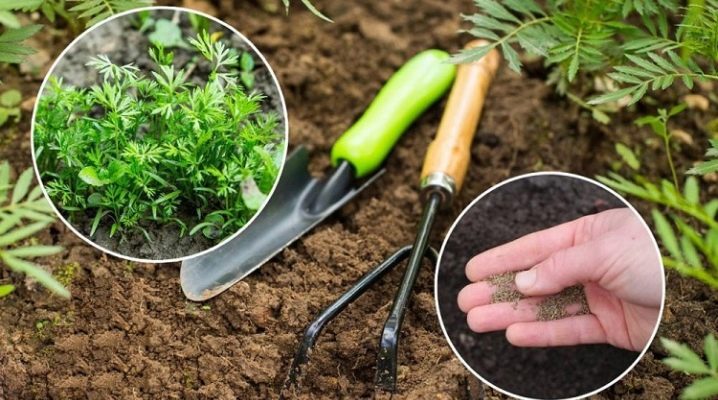
A sweet, tasty and healthy vegetable called carrots are grown in all climates. The root vegetable is rich in vitamins and minerals that have a beneficial effect on the human body. Carrots can be included in the menu for young children and people suffering from digestive problems.
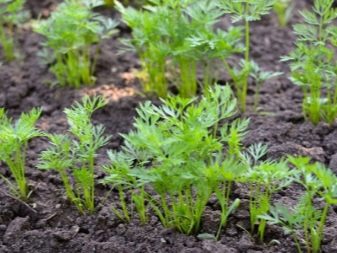
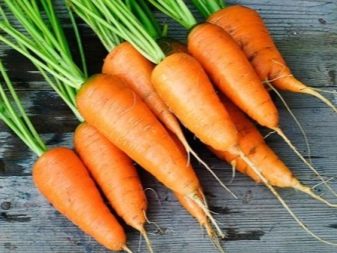
Pros and cons of landing
Many novice gardeners are wondering whether it is possible to plant carrots in June, and whether the vegetable will have time to grow before the onset of cold weather. This landing option has its own advantages and disadvantages, which should be considered before starting work.
Summer sowing benefits:
- the ground will warm up enough, and the high temperature contributes to the rapid germination of the seed;
- in June weather conditions become more stable, without sudden changes in temperature, which negatively affects the growth and fruiting of carrots;
- so that vegetables grow large, bright and juicy, they need long daylight hours, and in summer its duration reaches its maximum;
- harvested crop can be stored for a long time without loss of qualityuntil next season;
- carrot do not attack such pestslike flies and carrot flies, since by mid-June their activity decreases markedly;
- the size of the root crops will be medium, without a lot of roots;
- the taste of the crop is high.

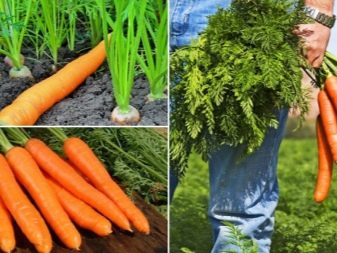
The following are noted as disadvantages:
- in the hot season, the soil dries out quickly, so the site need to be watered more often;
- heavy rains wash the seeds out of the soil, but you can protect the seed with the help of shelters;
- land fast erodes.
It is not too late to plant carrots in June, the main thing is to regularly take care of the plantation to obtain a rich harvest. This planting time should be chosen for regions with an unstable climate in order to avoid the possible return of early spring frosts.

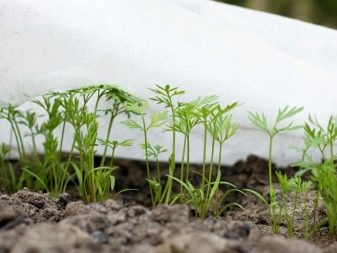
Suitable varieties
Success in growing fruit crops largely depends on the correct variety. Carrot varieties differ in terms of ripening, resistance to diseases and infections, yield and other characteristics. Each summer resident chooses a variety that is most suitable for a particular region.
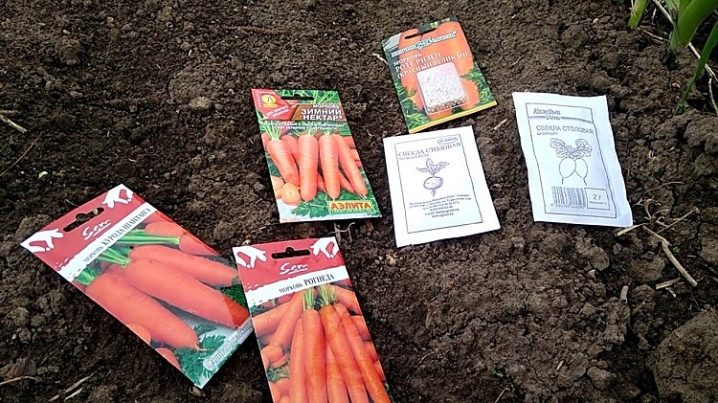
Early varieties
The ripening period of early ripening carrots in the garden is from 70 to 90 days. The harvested crop is eaten fresh, and also used for making sweet juice, mashed potatoes or freezing for the winter. Root crops are stored until the arrival of winter.
Varieties recommended for the northern regions, Siberia and the Urals: Orange Muscat, Vitaminnaya, Napoli, Losinoostrovskaya and Laguna. In the middle zone of the country, the following varieties grow remarkably: "Nantes" and "Flacque"... These species can be grown in milder climates.



Mid-season
The varieties from this group have increased ripening periods - from 80 to 120 days. The list includes many items: Anastasia, Danish, Samson, Rogneda, Bangor, Champion, Shantenay... The list is incomplete, and it can be supplemented with varieties with the same characteristics and agricultural technology. Mid-ripening carrots have excellent yields, and root crops are stored for a very long time. You can enjoy fresh carrots even in winter.


Late
The last group with the longest ripening periods exceeding 100 days (on average from 110 to 150 days).When planting late varieties, it is advisable to pay attention to the following types: "Emperor", "Queen of Autumn", "Ramos", "Vita Longa", "Berlikum". The fruits attract attention with their neat appearance and bright, even color. During long-term storage until the next season, carrots do not lose their taste and nutrients in the composition.


Auspicious days
You can plant carrots both at the beginning and in the middle of the first summer month. In most regions, planting is practiced at the end of April or in the first days of May. Landing dates are set taking into account weather conditions. By this time, the earth should warm up to 10-12 degrees Celsius, and the air - up to 15 degrees. Before sowing seeds, you need to correctly calculate the timing and determine the most successful days. Experienced experts recommend adhering to the deadlines set for each variety.
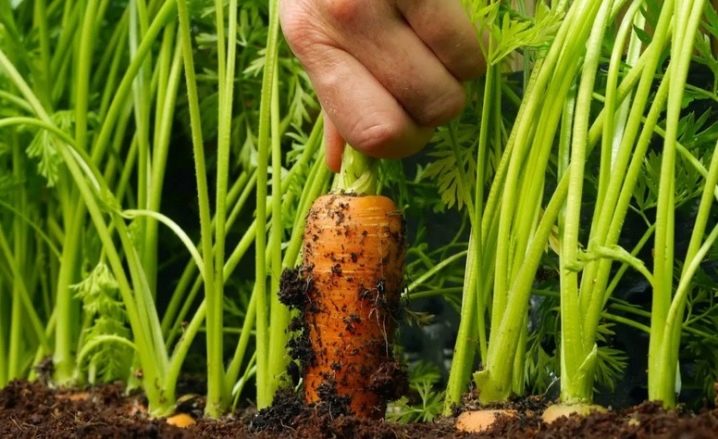
Summer sowing should be selected in the following cases:
- the first sowing, which was carried out in the spring, was unsuccessful and the seedlings died;
- desire to gain new experience in growing fruit crops;
- harvesting a large amount of crops;
- carrots are planted in the summer when, at the beginning of spring, the summer resident is engaged in the cultivation of other plants.

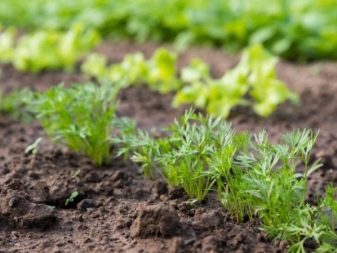
Some gardeners prefer to sow seeds according to the lunar calendar. Auspicious numbers change every year. Successful days are set depending on the phases of the moon and their changes.
General recommendations are established according to the lunar calendar:
- you can not do work during the new moon or full moon;
- root crops take root remarkably and bear fruit if they were planted on a waning moon;
- The most favorable signs of the zodiac for growing root crops are Pisces, Scorpio, Cancer, Libra, Taurus and Capricorn.
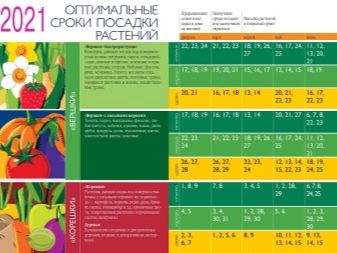
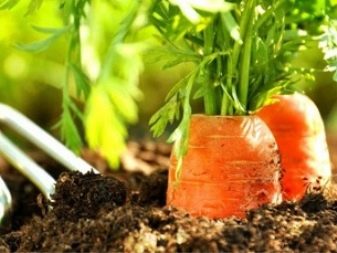
A calendar that tracks the lunar phases has long been used by both experienced and novice summer residents. It indicates the successful, unfavorable and neutral numbers for performing the work. So, in 2022, the following dates were set for planting carrots in June: approximately the middle of the month (10, 11 and 12), 20 and 22. The last days won't come up. In order to track good and bad days on your own, it is advisable to purchase a lunar calendar and follow it exactly.
Note: in the Urals and in the middle lane, seeds are sown at the beginning, in the middle or at the end of June. If planting is carried out in the northern regions, the deadlines for completing the work fall in the middle of the month, otherwise the carrots will not have time to grow and ripen.

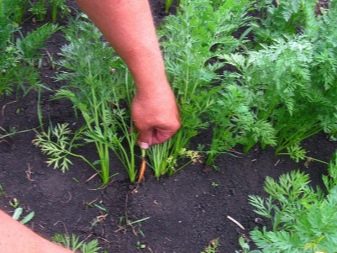
Preparation
Before you start growing vegetables, you need to properly prepare by performing a number of specific actions.... First you need to decide on the variety. When sowing in June, it is advisable to choose late varieties for the middle zone of the country, and medium ones for Siberia or the Urals. When properly planted and cared for, the crop is harvested around mid-autumn. Juicy and healthy carrots will pleasantly surprise you with their taste and aroma. And also in advance, you should choose a place for storing root crops.
The second preparatory step is to select a land plot. In depleted soil, fruit crops poorly form a crop, constantly experiencing a deficiency of nutrients. For planting carrots, areas where cucumbers, onions, different varieties of cabbage and potatoes were previously grown are great. These precursor plants do not take many trace elements from the soil, leaving enough for the next crops.

You need to change the selected location if parsley or dill has previously grown here... Even though these are just herbs, they are considered unsuitable precursors for carrots. The beds are formed on an even and well-lit area. If groundwater flows nearby, it must be at a sufficient depth. Carrots, regardless of the variety, prefer a loose and nutritious soil that easily allows oxygen and water to pass through. In terms of acidity, the acidity level should be low or neutral. To bring the acid-base balance back to normal, dolomite flour or ash is mixed into the ground. These substances lower the pH level, and carrots grow with a high content of beneficial micronutrients.
The beds for orange root crops begin to be prepared in the fall, so that they are in a suitable condition by the day of planting. All excess plants are removed, and the upper layers are carefully dug up. If necessary, the territory can be leveled.
To change the structure of the earth, sand and peat are introduced into it, so it will become looser. Like other plants, carrots need an adequate supply of oxygen.

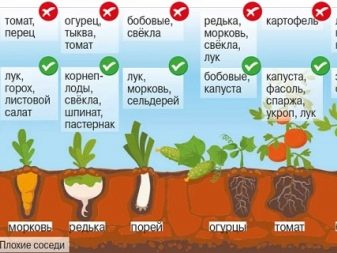
Sowing methods
When growing carrots, seeds are planted in open ground. Before germination, they must be selected. For this, the seed is dipped in a container filled with water and left for several hours. All hollow grains rise to the surface and are discarded. The process of seed germination takes about a month, because each seed is covered with a layer of essential oils.
In order for the planting material to quickly form seedlings, you can perform the following procedures.
- It is recommended to soak the selected seeds in warm water and leave for about 4-5 days.... When sprouts appear, they are carefully removed from the water and dried, getting rid of excess moisture. Now the seeds are hardened by placing them in a basement or in a refrigerator, where the temperature is kept around zero. Hardening lasts throughout the day.
- Gardeners wash out the oils so the seeds germinate as soon as possible.... Place the material in a small soft cloth bag and rinse for 2-3 minutes at a water temperature of 50 degrees Celsius.
- After the bag with warm water is left at room temperature, waiting for it to cool... Then the seeds are taken out and dried. Such a simple procedure makes it possible to reduce the maturation period of root crops by 2 times.
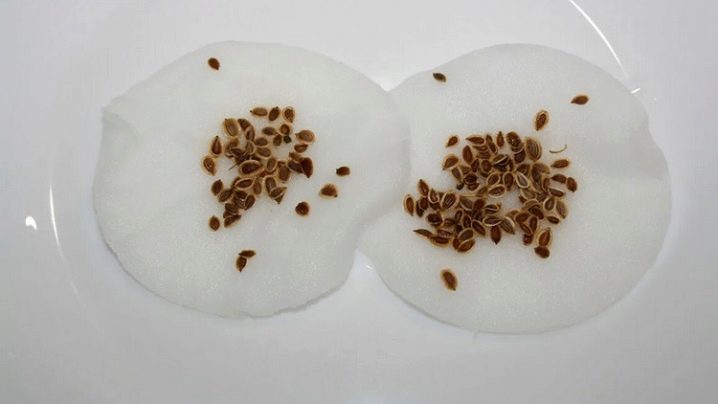
For beginners, the simplest and most effective method is suitable. Immediately after sowing, you need to water them with plenty of warm water. The planting is covered with a dense non-woven fabric, which can be purchased at any gardening store. The shelter is left before the first shoots appear. Favorable conditions for growing carrots - moderately moist soil, stable air temperature throughout the day, greenhouse effect.
Correct June planting process.
- In the selected area, small grooves for seeds are made in advance, leaving a gap of 20 centimeters between them.
- A gap of 5 centimeters is left between the planting material. Deepen them by no more than 1.5-2 centimeters.
- At the end of planting, the vegetable plantation is irrigated and covered with a special material. It should not fit snugly to the ground. For the normal development of seedlings, a free space of about 15 centimeters is needed.
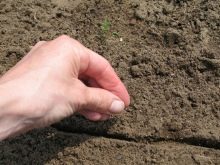
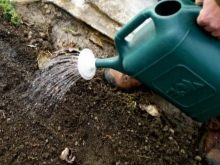
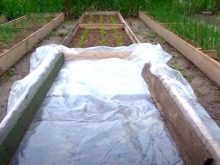
Follow-up care
You will not be able to achieve high yields without proper carrot care. Water the root crops 1-2 times throughout the week. The frequency changes with the weather. In hot weather, water evaporates faster, so the area should be moistened more often. In the season of regular precipitation, it is enough to irrigate the beds every 7 days, or, in general, to stop additionally watering the area. Weed plants take useful trace elements from the ground, and when they appear on the site, you need to immediately get rid of them. Experienced gardeners advise planting carrots together with radishes, garlic, onions or salad. This will prevent weeds from growing in the area.
Onions and garlic act as defenders against dangerous pests. They secrete special enzymes that repel insects. The upper layers of the soil must be periodically loosened so that the root system has access to oxygen. It is advisable to carry out loosening after irrigation... During work, do not deeply deepen the garden tool, so as not to harm the plants. A prerequisite for agricultural technology is fertilization.
Fertilize carrots as they grow.Nutrients begin to be added in the fall, in the process of preparing the selected area. If the soil is sufficiently nutritious, you can refuse additional feeding.
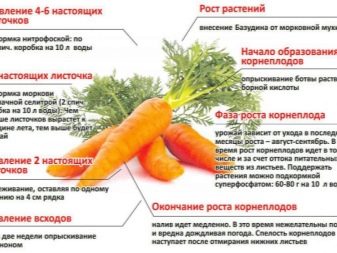
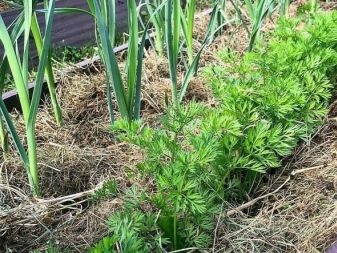













The comment was sent successfully.